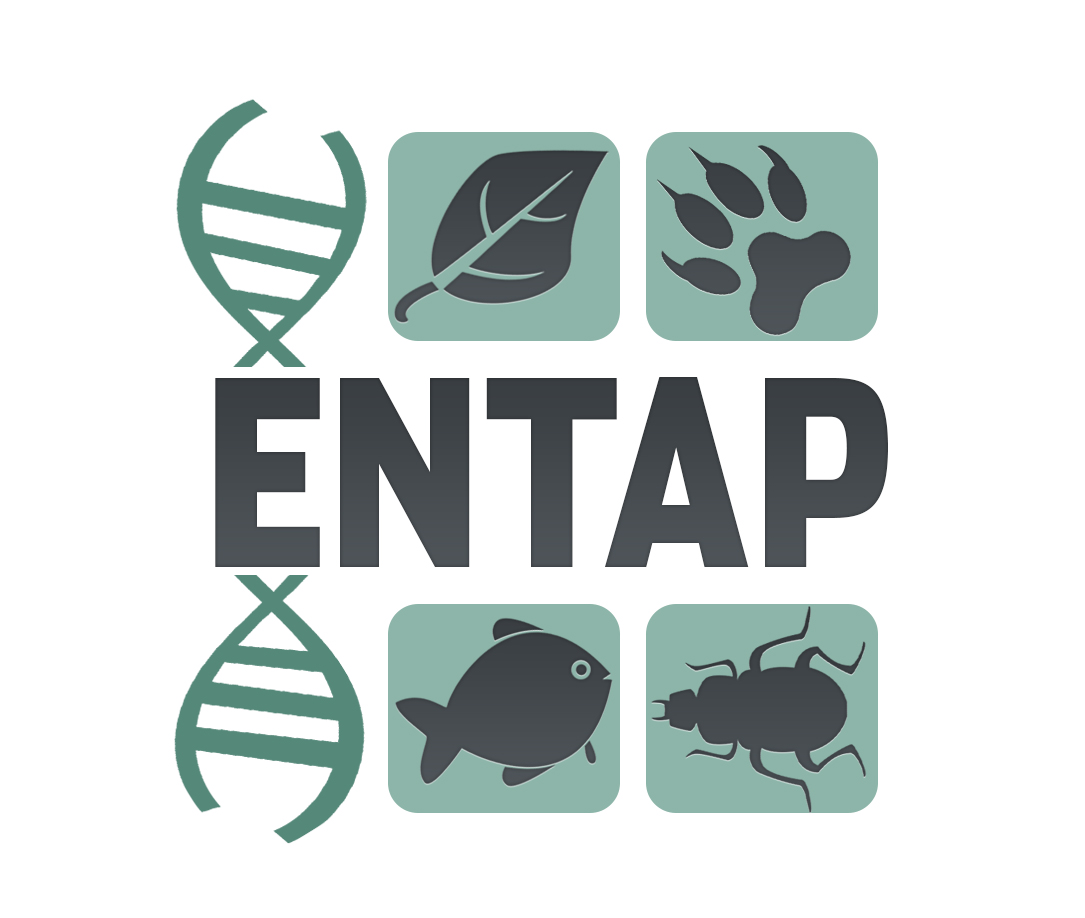
Argonaut
Argonaut streamlines these steps in a single NextFlow workflow, including: short and long-read read quality control, genome size estimation, genome assembly, polishing, redundancy reduction, assembly-to-assembly scaffolding, and assembly quality assessment. Given the variability of sequence inputs, depth, and genome complexity, Argonaut is designed with flexibility in mind - including the ability to modify read input types and assembly tools. It is compatible with both long (ONT and PacBio HiFi) and short (Illumina) reads, and supports hybrid assembly. Argonaut uniquely provides users with significant adjustability within the framework of the current best practices for genome assembly. The workflow produces well documented products at each stage including decontaminated reads, genome size estimates, coverage estimates, up to six de novo assemblies (Flye, Canu, Hifiasm, Masurca for short and hybrid assembly, and Redundans) and assembly quality statistics (BUSCO, Quast, Merqury).
EASEL: Structural Annotation
Cynthia Webster, Karl Fetter, Sumaira Zaman, Vidya Vuruputoor, Akriti Bhattarai, Vikesh Chinta, Jill Wegrzyn
EASEL is an open source genome annotation tool that leverages machine learning, RNA folding, and functional annotations to enhance gene prediction accuracy. It aligns high throughput short read data (RNA-Seq) and assembles putative transcripts via StringTie2 and PsiCLASS. Complete open reading frames are subsequently predicted through TransDecoder using a gene family database (EggNOG) and coding region hints are generated. Gene models are independently used to train AUGUSTUS, and the resulting predictions are combined into a single gene set using AGAT. Implicated gene structures are filtered by primary and secondary features (RNA folding structure, free energy, primary sequences, EggNOG protein homology, OrthoDB alignments, RNA expression, exon number, length and prediction overlap) with a random forest algorithm and clade-specific training set. Transcripts that have a predicted translation initiation site and which score above a certain F1 threshold are retained and functionally annotated with EnTAP.
EASEL

EnTAP
EnTAP: Functional Annotation
Cynthia Webster, Alex Hart, Vidya Vuruputoor, Vikesh Chinta, Sumaira Zaman, Akriti Bhattarai, Karl Fetter, Jill Wegrzyn